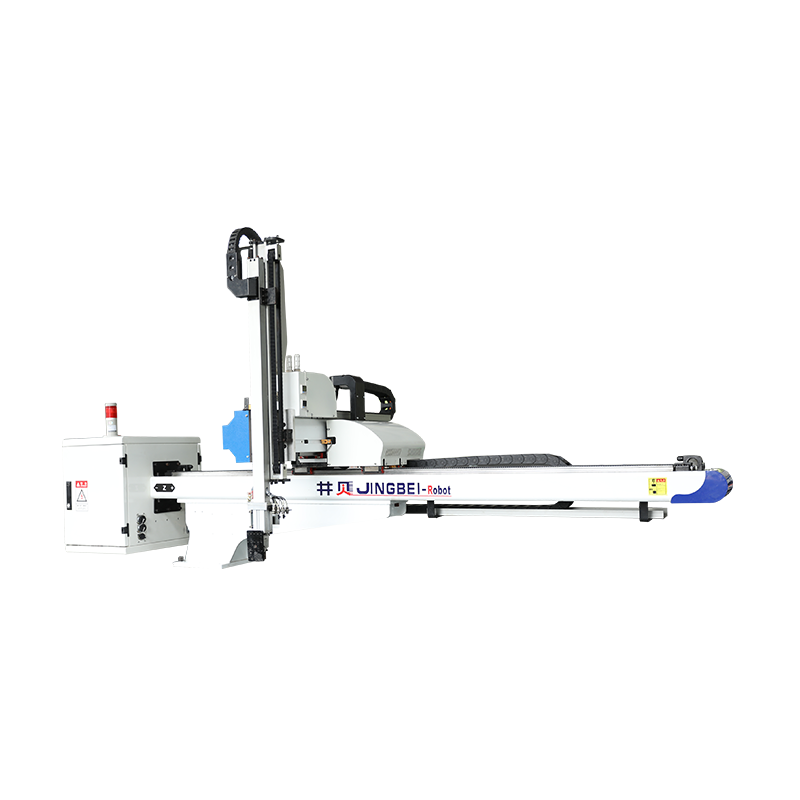

There are many main uses of industrial robots and there are many classifications, but most of the industrial robots engaged in production and processing are divided into four-axis, five-axis and six-axis, and some companies even use the seven-axis of industrial robots.
One axis: The first axis is the part connecting the base, which is mainly responsible for the weight of the upper shaft and the left and right rotation of the base. The left and right rotation is caused by the transmission of the motor and the reducer. Each axis replaces a movement pattern in one direction.
Two axes: control the back and forth swing of the main arm of the robot and the up and down movement of the entire arm.

Three axes: The three axes are also used to control the back and forth swing of the robot, but the range of the swing arm is smaller than that of the second axis.
Four-axis: The four-axis is the part of the circular tube on the robot that can rotate freely. The range of motion is equivalent to that of a human arm, but not 360°. There are some wires in the same range as the human arm.
Five-axis: Five-axis control and up and down adjustment of the rotation of the manipulator arm, usually when the product is grasped, the product can be turned over.
Six-axis: The rotation function of the fixture part at the end of the sixth axis can rotate 360°.
All six axes of the industrial robot are driven by electric motors equipped with reducers. Each axis moves in different ways and directions. In fact, every axis of the six-axis robot is operated by simulating every joint of the human hand. Through the flexible six-axis robot, the production and processing of enterprises will become more convenient and faster.